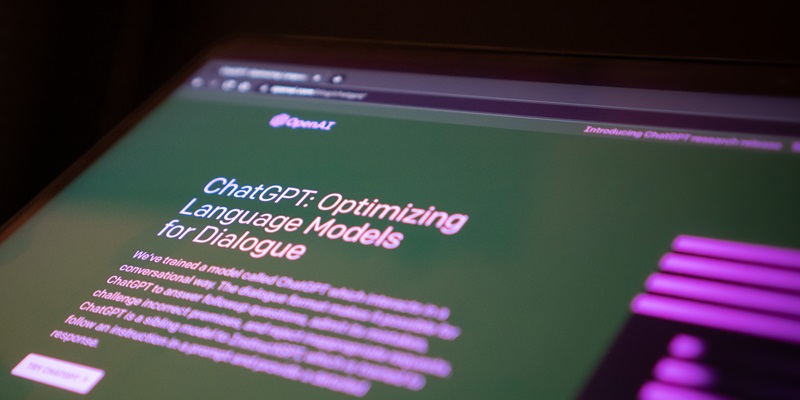When it comes to adopting large language models and exploring the capabilities of generative AI (genAI), impatience seems to prevail. Users, particularly with tools like ChatGPT, often encounter difficulties in achieving desired results and quickly assume that the technology is useless. This hasty dismissal overlooks the true potential of genAI and downplays its obvious shortcomings. In this article, we delve into the reasons behind this lack of patience, examine the challenges faced with genAI, and emphasize the need for perseverance rather than premature judgment.
Lack of Patience in Adopting Large Language Models
The field of genAI is evolving rapidly, offering extensive possibilities for innovation and problem-solving. However, impatience among users has hindered the wider acceptance of these technologies. Instead of allowing time for experimentation and learning, users are too quick to abandon genAI when it fails to meet their immediate expectations.
Assumption of Uselessness when Facing Challenges
Developer Simon Willison highlights an interesting observation. Unlike typical software experiences where users complain about usability, genAI users often assume that the technology is entirely useless when they encounter challenges. This premature dismissal prevents users from fully exploring genAI’s potential and finding creative solutions to overcome obstacles.
Overlooking or Downplaying genAI’s Shortcomings
In the enthusiasm to promote genAI’s capabilities, proponents sometimes overlook or downplay its shortcomings. Acknowledging and addressing these limitations is crucial for the improvement of the technology. By addressing the challenges head-on, developers can refine genAI and build more user-friendly and reliable systems.
Unrealistic Vision vs. Present Reality
Prominent figures such as Bill Gates have ambitious visions for genAI that exceed the current capabilities of the technology. While these visions are inspiring, it is essential to ground expectations in the present reality. Recognizing the gap between the vision and the present state can help set realistic goals and avoid disillusionment.
Challenges Faced with Chat-based genAI
Chat interfaces, although widely used, may not be the most intuitive way to explore genAI’s intelligence and capabilities. Amelia Wattenberger raises an important point that chat may limit the potential of genAI, as users struggle to uncover its full range of functionality. Exploring alternative interfaces or approaches may unveil genAI’s true potential.
Prompt Engineering: Trial and Error Approach
Even experts in natural language processing face challenges when it comes to prompt engineering, which is crucial for obtaining the desired genAI outputs. The process often requires extensive trial and error, where prompt formulation is tweaked repeatedly to achieve the desired results. Embracing this iterative approach as an essential part of the genAI learning journey is crucial.
Rapidly Evolving Industry
The genAI landscape is evolving at a rapid pace, with new techniques and research emerging constantly. This fast-paced nature can often render existing techniques obsolete within months. Constant adaptation and learning are necessary to harness the full potential of genAI and keep up with the latest advancements.
Recognizing Teething Pains, Avoiding Extreme Conclusions
The current challenges faced with genAI, including usability issues and limited interfaces, do not make the technology entirely hype or ineffective. Understanding that these are teething pains is important to navigate the development process effectively. Avoiding extreme conclusions allows developers and users to focus on improvement rather than dismissal.
Addressing the Friction and Finding Solutions
The friction experienced with AI-generated tools is real, but it is also solvable. Developers must actively work on improving the user experience and reducing the learning curve. By addressing the challenges head-on and incorporating user feedback, the potential of AI can be fully realized, offering innovative solutions across various domains.
Urging Patience and Practice
For those tempted to dismiss genAI due to its initial challenges, patience and practice are crucial. Just like with any new technology, genAI requires time and effort to fully grasp its capabilities. Embracing a mindset of continuous learning and iteration is key to unlocking the potential of genAI and discovering its true value.
While genAI, particularly in the form of large language models like ChatGPT, may present challenges and usability issues, it would be premature to dismiss the technology as useless or overhyped. Understanding and addressing these challenges through patience, perseverance, and user-centered design is the path towards unlocking genAI’s true potential. By fostering an environment of continuous learning and improvement, genAI can revolutionize various industries, providing innovative solutions to complex problems.

